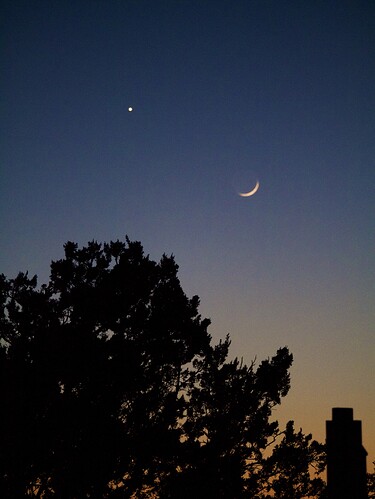Hey everyone, really sorry this took so long to fix. But it is fixed now! When you upload your photos, you should notice they show up in the correct orientation now – no workaround needed at all.
Background / Cause
I realized this bug was probably introduced with changes around the new Snap.as backend we rolled out last year. Previously, we had more control over how images were served, and would store them as they were uploaded, but serve them with the correct image orientation, based on their metadata (here’s some background on how image orientation works, for those interested).
When we moved to the new system, we started serving images directly from our CDN, without any application involvement, meaning those raw images came out instead of the correctly-oriented ones. Now, we’ve fixed that by rotating the image correctly at the time it’s uploaded to Snap.as, so it always comes out correctly.
Other Changes
There are some side-effects from this change. One positive one: this also fixes an issue with optimized images getting their colors washed out. This should make Snap.as more suitable for professionals.
But we also now strip EXIF data from images. (This is the information that shows what camera you used to take a photo, aperture, shutter speed, GPS coordinates, and so on.) This part is good for privacy, but potentially bad if you want to preserve that information for anyone downloading your photos from Snap.as.
If anyone is going to miss that functionality, please let us know, and maybe we can add it back in. Otherwise, try uploading your photos again and let us know if you still notice any issues!
